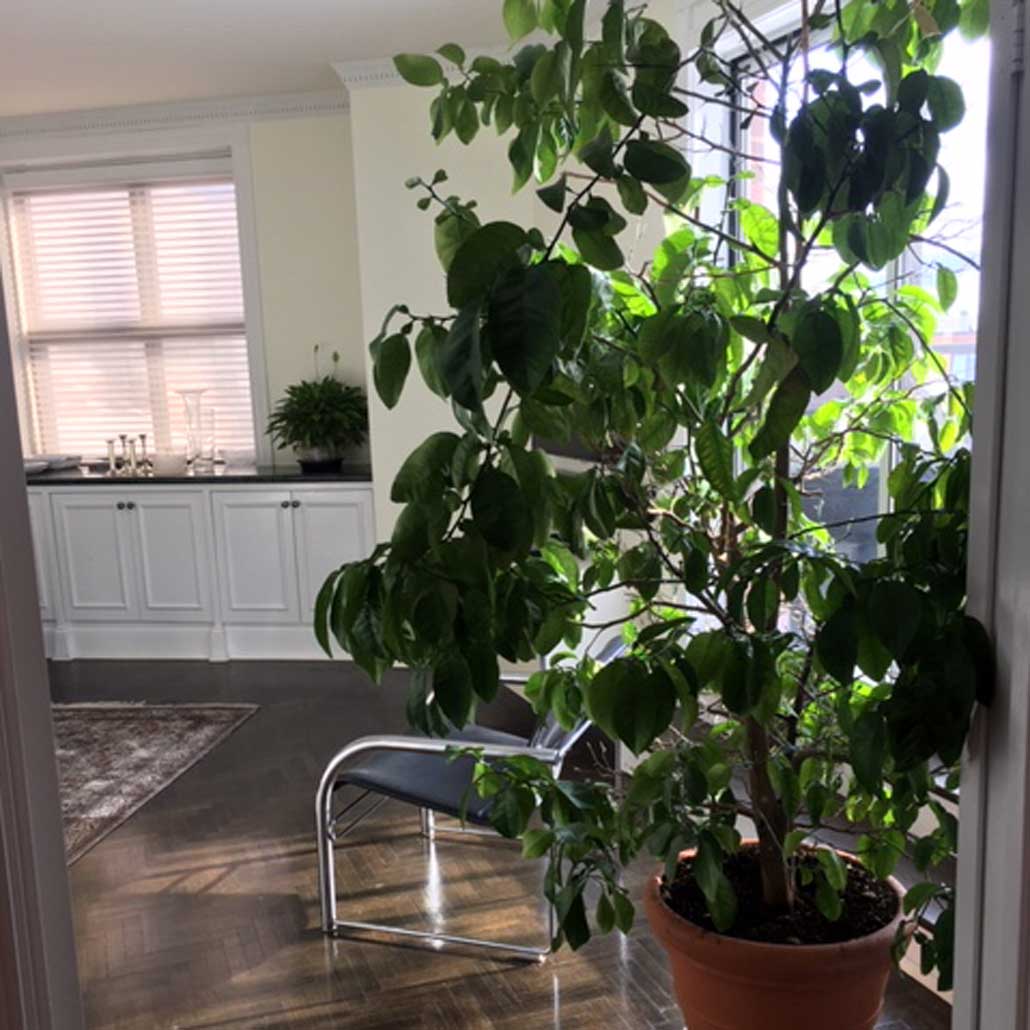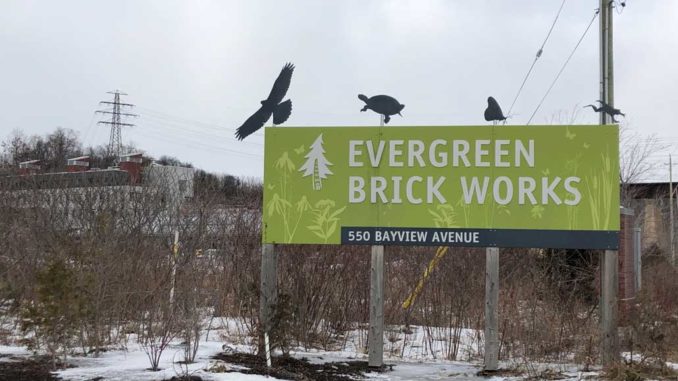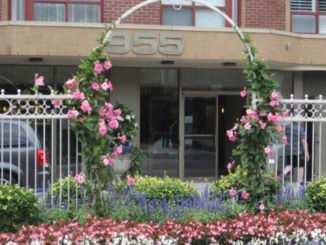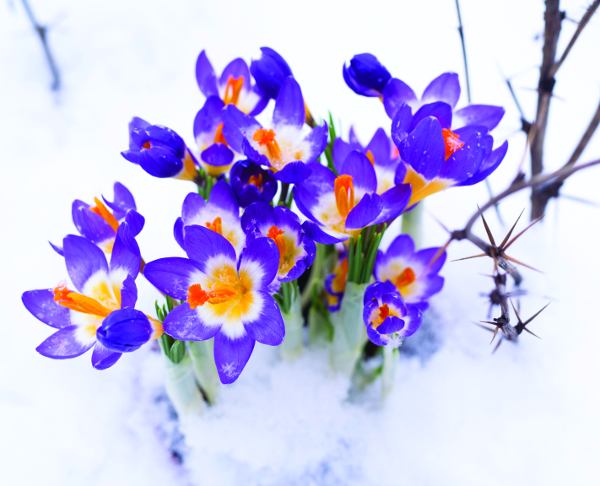
One morning, while eating grapefruit, my friend Bonnie’s daughter asked, “What would happen if we planted this seed?” So, together they planted it, gently watered and patiently waited with big hopes for a tiny sprout to appear.
That was 37 years ago and today that grapefruit plant stands over 6 feet tall. It takes two people to move it safely out to the terrace for its summer rejuvenation and even though it has never produced fruit, this plant is loved more for its bounty of sweet and cherished memories.
Nurturing nature and having nature nurture us is a big trend for 2019.
I think most children are naturally curious about a seed’s amazing growth potential and as a child, I was too. Yet over the years I became disenchanted with seeds as my efforts were both challenging and disappointing, and like many gardeners, I chose to wait for starter plants from garden centres. It wasn’t until I started to grow food that I began to question the seed quality and origin of these starter plants. I simply needed to know more about seeds.
As they say, timing is everything and last month, with perfect timing the Leaside Garden Society presented Mark Stewart, knowledge resources manager at the Toronto Botanical Gardens, to talk about seeds and seed saving.
Climate change gardens are the biggest garden trend for 2019.
Mark spoke about the importance of plant diversity and how traditionally, seed-saving farmers and gardeners kept thousands of heirloom varieties alive. More variations mean a greater chance of adaptability and likelier to withstand threats like disease and climate change. But in the last 100 years, we have lost 75 per cent of agricultural plant biodiversity and by losing our seed-saving traditions, many local varieties have disappeared completely. Gardeners, we can help!
In partnership with the Toronto Seed Library, the TBG created its very own seed library and Mark Stewart is the librarian. There, he organizes a collection of open-pollinated and heirloom vegetable, herb and flower seeds that you can check out (like a book) to take home and plant in your garden. When the plant sets seed, you are asked to save some and return them to the library for another gardener to grow next year. This is to ensure seeds will be available for future generations.
Then there’s Seedy Saturday (or Sunday) that annually hosts a seed exchange to educate the public about seed saving and environmentally responsible garden practices. Here gardeners can swap, donate or buy open-pollinated and heirloom seeds from local seed suppliers.

I missed the TBG Seedy Saturday on Feb. 23, but we all have another chance on Sunday, Mar. 17 at the Evergreen Brickworks from 10a.m. to 4p.m. Full details are here.
I’m inspired, and with March 17 still weeks away, I decided to take a cue from Bonnie and try to grow my own houseplant from seed. Since I start every morning with organic lemon juice, why not put those seeds to test?
I found instructions online and my seeds are now germinating between damp paper towels, sealed in a plastic sandwich bag, warm and cozy in a wooden cigar box on top of my fridge. Will it work? I have no idea, but I am patiently waiting with big hopes for a tiny sprout to appear.
Here’s to seeds and new life!
Garden Trends 2019
The Society of Garden Designers, the Garden Media Group and Garden Culture Magazine, along with other trend spotters, have identified Mother Nature as the trendsetter for 2019.
Here are a few top trends that appeared in many reports.
Climate Change Gardens. Gardening for a changing climate is set to be the key trend for 2019 which involves creating ecological gardens that can cope with extreme weather, that are chemical free and have water preservation in mind.
Native Plants. Native plant sales (especially pollinator plants) have been increasing every year and is now seen as one of the hottest trends.
Moon Gardening. As more gardeners experiment with seeds, many are looking at the ancient practice of using the lunar cycle to pinpoint planting dates for healthier gardens.
Foodscaping. Growing edibles continues to be strong and more gardeners are incorporating fruits, vegetables, herbs and flowers (including edible flowers) within the garden landscape rather than confined to one area.
Container Gardening. Container plants allow garden lovers with small indoor and outdoor spaces a way to embrace nature too. Thanks to the millennials, houseplant sales continue to skyrocket. This year, look for more hanging plants and living walls both inside and outside.
Green Gardens. Trend spotters have been tracking an increased interest in woodland plants and foresee that the all green garden will take root over the next several years, especially in dense urban areas. Mixes of ferns and mosses bring “forest breathing” to city streets to reduce pollution and soften unnatural spaces.
According to the Garden Media Group “The future of gardening looks joyful and holds a connection to Mother Nature that just may be the saving grace of the planet.”
I couldn’t agree more!





